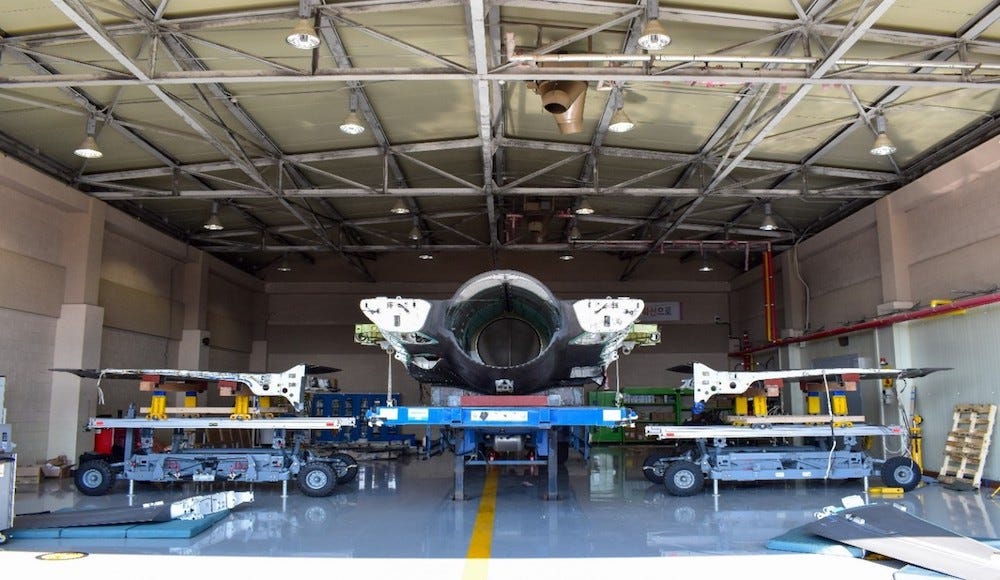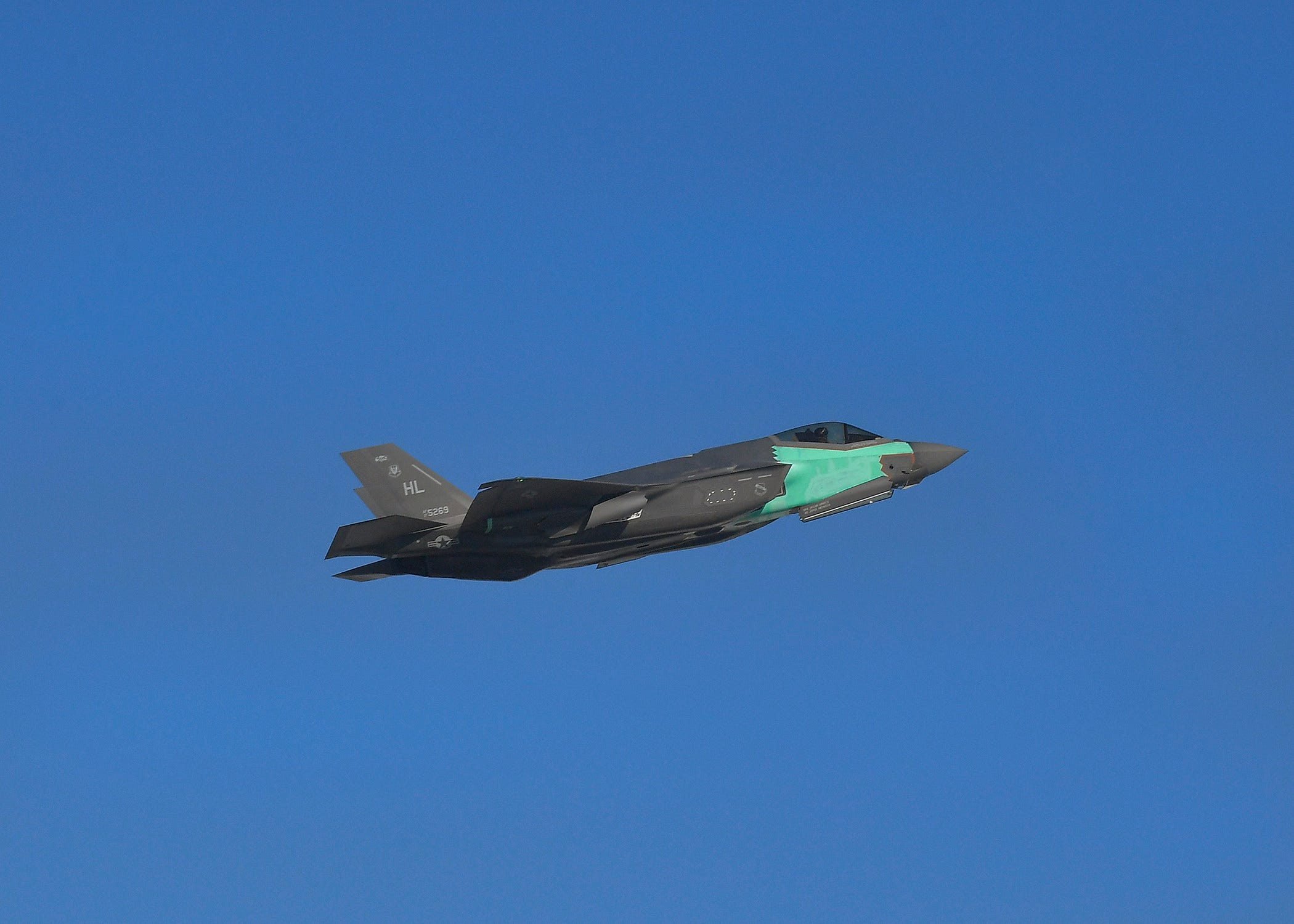
Scott Swofford/JPO
An F-35A stealth fighter jet that crash-landed on its belly in 2022 has been given a new lease of life thanks to a dramatic operation to remove and then reattach its wings.
The South Korean air force aircraft made headlines three years ago after a catastrophic mid-flight bird strike caused an F-35 pilot to make a “belly landing,” or gear-up landing, at Seosan Air Base, near the country’s eastern coast.
The South Korean pilot walked away from the high-risk maneuver unharmed, but the damage left the Lockheed Martin fifth-generation fighter unfit for service.
Local media reported a year after the bird-strike incident that South Korea was considering dumping the fighter after estimated repair costs to get the jet flying again following its unfortunate run-in with an eagle could be almost the price of a new F-35.
According to the F-35 Joint Program Office, a new plan was then devised with South Korea’s air force to repurpose the jet as a training platform at the country’s dedicated F-35 maintenance facility.
However, transporting it there would be prohibitively costly and difficult, the JPO said.
The air base and the maintenance facility are roughly 60 miles apart, making it a tough overland journey for the aircraft and its 35-foot wingspan.
The JPO, with South Korea’s approval, opted for a novel approach to this problem, and US Air Force, US Navy, and Lockheed Martin personnel gathered in South Korea to work with the local military to remove the jet’s wings before transfer and then reattach them on-site at the new location.
“This was a significant challenge, as it was the first attempt at removing F-35 wings as part of a concept demonstration,” said Matt Trodden, the F-35 Lightning Support Team Aircraft Crash Recovery Lead Engineer, in a statement.
The process — never conducted before on an F-35A — has now been adopted as part of the F-35 program’s standard heavy maintenance, repair, and reuse protocols.
The project took inspiration from an earlier repair project dubbed “Frankenbird” or “Frankenjet” which saw two damaged F-35s fused together into a fully operational aircraft.

US Air Force photo by Todd Cromar
Initiated in 2023, the project — led by engineers from manufacturer Lockheed Martin and the US Air Force — resulted in a successful test flight with the jet earlier this year.
Salvage operations of this kind could help mitigate the cost of losing an F-35, which has an estimated price tag of over $80 million for the A variant that South Korea flies. The jet comes in three different variants: the internal gun-equipped As, the Bs with a lift van for short takeoff and vertical landing, and Cs for carrier operations.
The “Frankenbird,” by contrast, cost around $6 million to cobble together, and it is due back into operational service this year.
South Korea took delivery of its first F-35A Lighting II in 2019. It now operates roughly 40 of them, with a plan to have a fleet of 60 by 2028, according to the manufacturer.
The post The US and South Korea just rewrote the rulebook on salvaging a downed F-35 appeared first on Business Insider.




